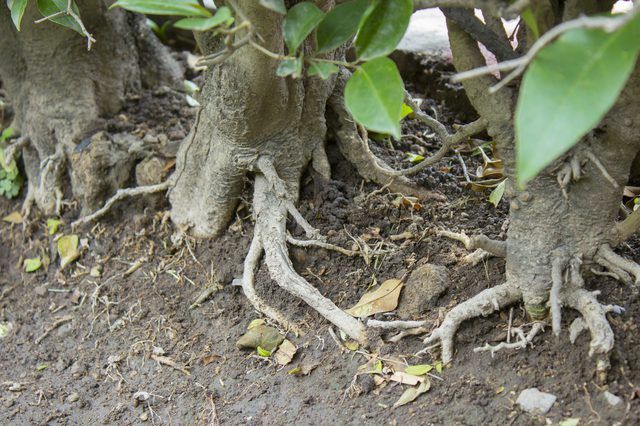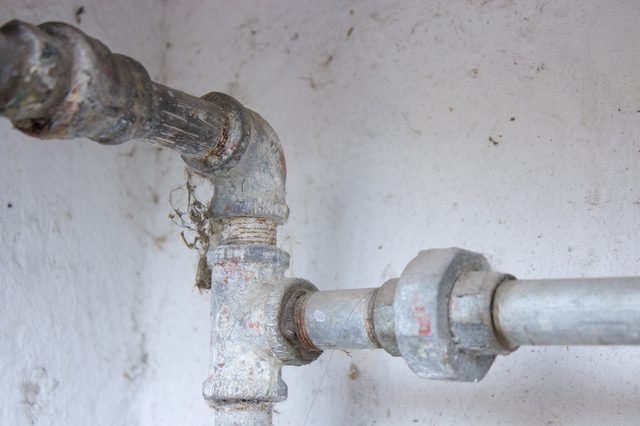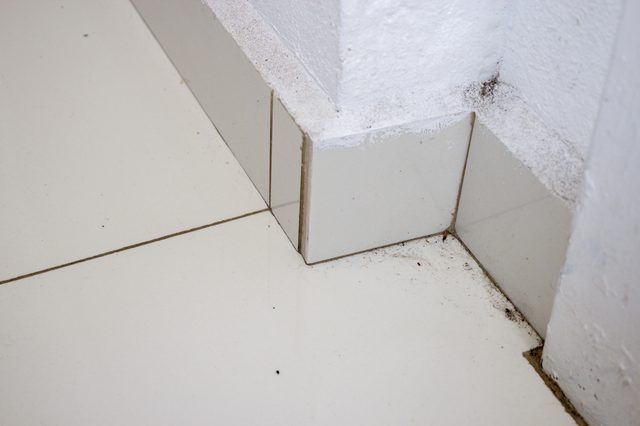Bulbs
Flower Basics
Flower Beds & Specialty Gardens
Flower Garden
Garden Furniture
Garden Gnomes
Garden Seeds
Garden Sheds
Garden Statues
Garden Tools & Supplies
Gardening Basics
Green & Organic
Groundcovers & Vines
Growing Annuals
Growing Basil
Growing Beans
Growing Berries
Growing Blueberries
Growing Cactus
Growing Corn
Growing Cotton
Growing Edibles
Growing Flowers
Growing Garlic
Growing Grapes
Growing Grass
Growing Herbs
Growing Jasmine
Growing Mint
Growing Mushrooms
Orchids
Growing Peanuts
Growing Perennials
Growing Plants
Growing Rosemary
Growing Roses
Growing Strawberries
Growing Sunflowers
Growing Thyme
Growing Tomatoes
Growing Tulips
Growing Vegetables
Herb Basics
Herb Garden
Indoor Growing
Landscaping Basics
Landscaping Patios
Landscaping Plants
Landscaping Shrubs
Landscaping Trees
Landscaping Walks & Pathways
Lawn Basics
Lawn Maintenance
Lawn Mowers
Lawn Ornaments
Lawn Planting
Lawn Tools
Outdoor Growing
Overall Landscape Planning
Pests, Weeds & Problems
Plant Basics
Rock Garden
Rose Garden
Shrubs
Soil
Specialty Gardens
Trees
Vegetable Garden
Yard Maintenance
How to Get Rid of Springtail Bugs
How to Get Rid of Springtail Bugs. Springtails, tiny insects recognized primarily by their jumping habit, are small, nonbiting organisms that pose no danger to humans or animals. Some types of springtails damage plants by chewing on the roots; however, most are harmless nuisances that appear -- often in very large numbers -- in moist, warm areas....
Springtails, tiny insects recognized primarily by their jumping habit, are small, nonbiting organisms that pose no danger to humans or animals. Some types of springtails damage plants by chewing on the roots; however, most are harmless nuisances that appear -- often in very large numbers -- in moist, warm areas. The tiny insects measure only about 1/16 inch. Cultural controls and environmental modifications usually keep the pests in check.

Although springtails often appear during spring or early summer, they may present a problem year-round in mild climates. The pests migrate often indoors when the environment becomes hot and dry outdoors. Springtails are often found on top of potting soil or in damp basements and bathrooms, especially around leaky pipes. In the garden, they are often seen around swimming pools, ponds or puddles, in decaying plant matter, or under bark. The pests live in rich, moist soil where they survive by eating mold, bacteria, algae, fungi or decaying plant matter.

If springtails are a nuisance around a swimming pool, use a skimmer to remove the pests, then be sure the pool filter is working correctly. Remove excess mulch, plant debris and leaves that can harbor springtails, especially near building foundations. Clean gutters and downspouts regularly and be sure water is diverted away from building foundations. Avoid keeping firewood or scrap lumber piles near buildings.

Indoors, springstails are usually an indication of a moisture problem, and eliminating the problem often eliminates the pests. Repair leaky pipes and remove moist, moldy wood such as damp windowsills. Repair missing grout around bathroom or kitchen tiles. Repair torn window screens and caulk cracks and small spaces around doors, windows and vents. Water houseplants properly to prevent soggy potting soil. Most plants should be watered deeply and allowed to drain thoroughly, then allow the top of the potting mixture to dry between waterings. In moist climates, a fan or dehumidifier may help control springtails. Remove live springtails with a vacuum cleaner.

Chemical insecticides provide limited control of springtails and must be reapplied frequently, according to University of California's Integrated Pest Management program. But insecticides containing pyrethrins -- a substance derived from a type of chrysanthesum extract -- are sometimes effective when applied around outer building walls or foundations. Mix the solution at a rate of 1 part concentrate to 9 parts water, then spray around building foundations and in cracks and crevices. Wear protective clothing, and never spray where water runs into water or drains. Store pyrethrins safely out of reach of children and pets. Read the label carefully as mixing and application instructions may vary.
